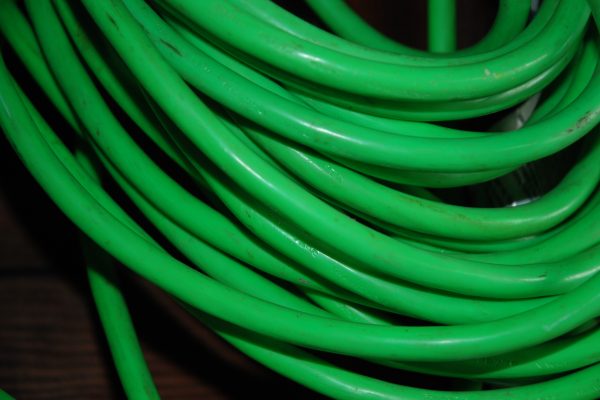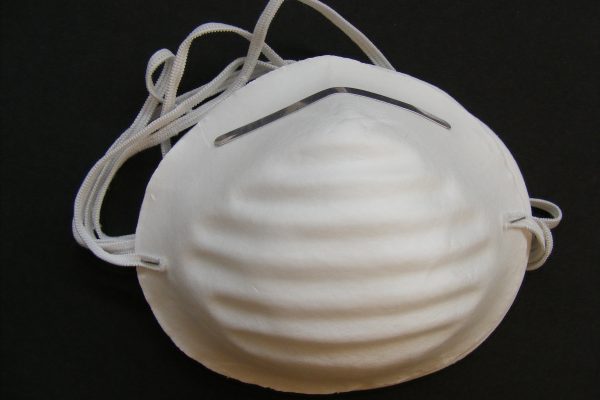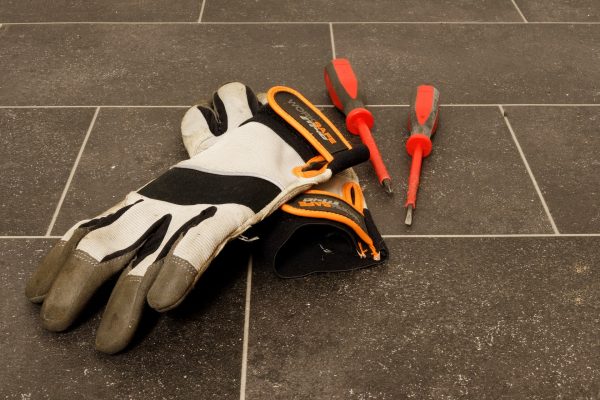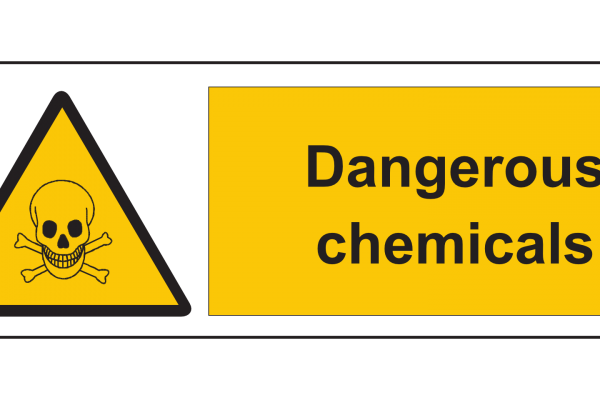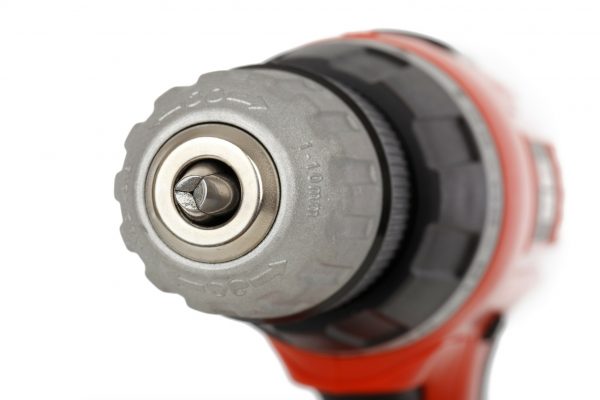Always inspect extension cords for damage or wear prior to use. Never use damaged extension cords. Don't use nails or staples to fasten extension cords, as they may damage the cord.... read more →
Quick Tips
A flammable liquid (US) is a liquid with a flash point below 100 degrees Fahrenheit. Classes of flammable liquids: Class IA Flammable Liquids flash point below 73 °F boiling point... read more →
Educate workers in job-specific hazards and implement ways to eliminate/reduce safety hazards Provide appropriate PPE to workers to safely complete job tasks Where possible, use alternative products to reduce worker... read more →
Dust can be hazardous. When performing tasks that create dust, it's important to use appropriate respiratory protection. Dust masks are designed to protect workers from airborne contaminants such as dusts from... read more →
Protect hands and fingers by using PPE (i.e. gloves) Select hand protection that is job-specific (cut-resistant, abrasion-resistant, flame-resistant, etc.) Don't wear jewelry that could become caught in machines or equipment
MSDS (Material Safety Data Sheet) is a document used in Canada that identifies the following: Potential hazards How to safely use the chemical product How to safely store the chemical... read more →
Avoid anything that can be caught in the power tool (i.e. jewelry, long hair, loose clothing) Always wear appropriate PPE Secure your work piece Drill pilot holes, where possible
Identify safety hazards when arriving to a worksite Based on the hazards present, select job-specific eye protection (i.e. welding goggles, safety goggles, face shields, etc.) Don't forget to protect eyes from... read more →
When dumping, keep vehicle on level surface Be aware of strong, high winds when dumping When dumping, ensure that rear wheels settle evenly
Carpal tunnel syndrome is caused by pressure on the median nerve in a wrist, causing weakness and tingling in the hand, arm and/or fingers. Women are 3x more likely to... read more →

